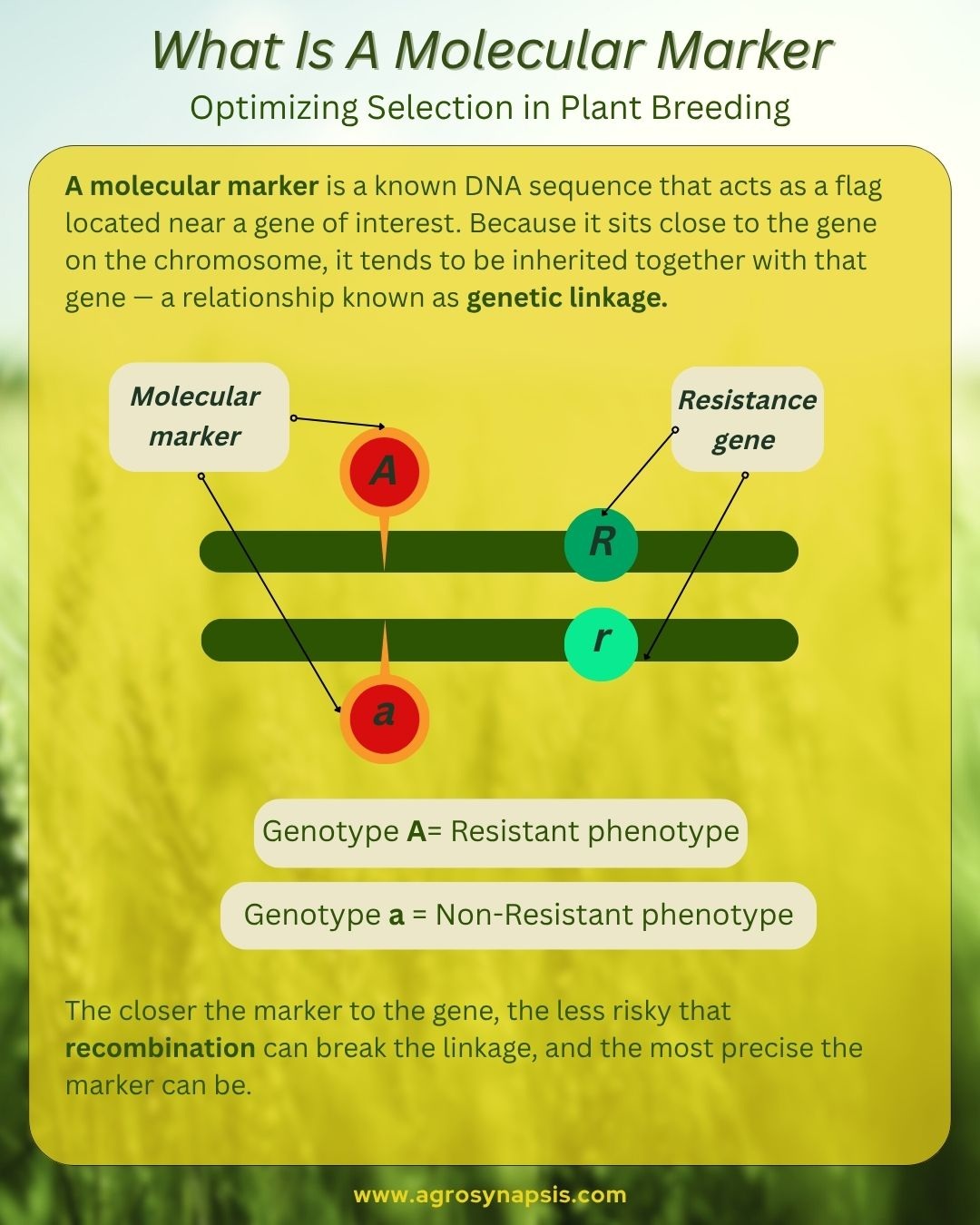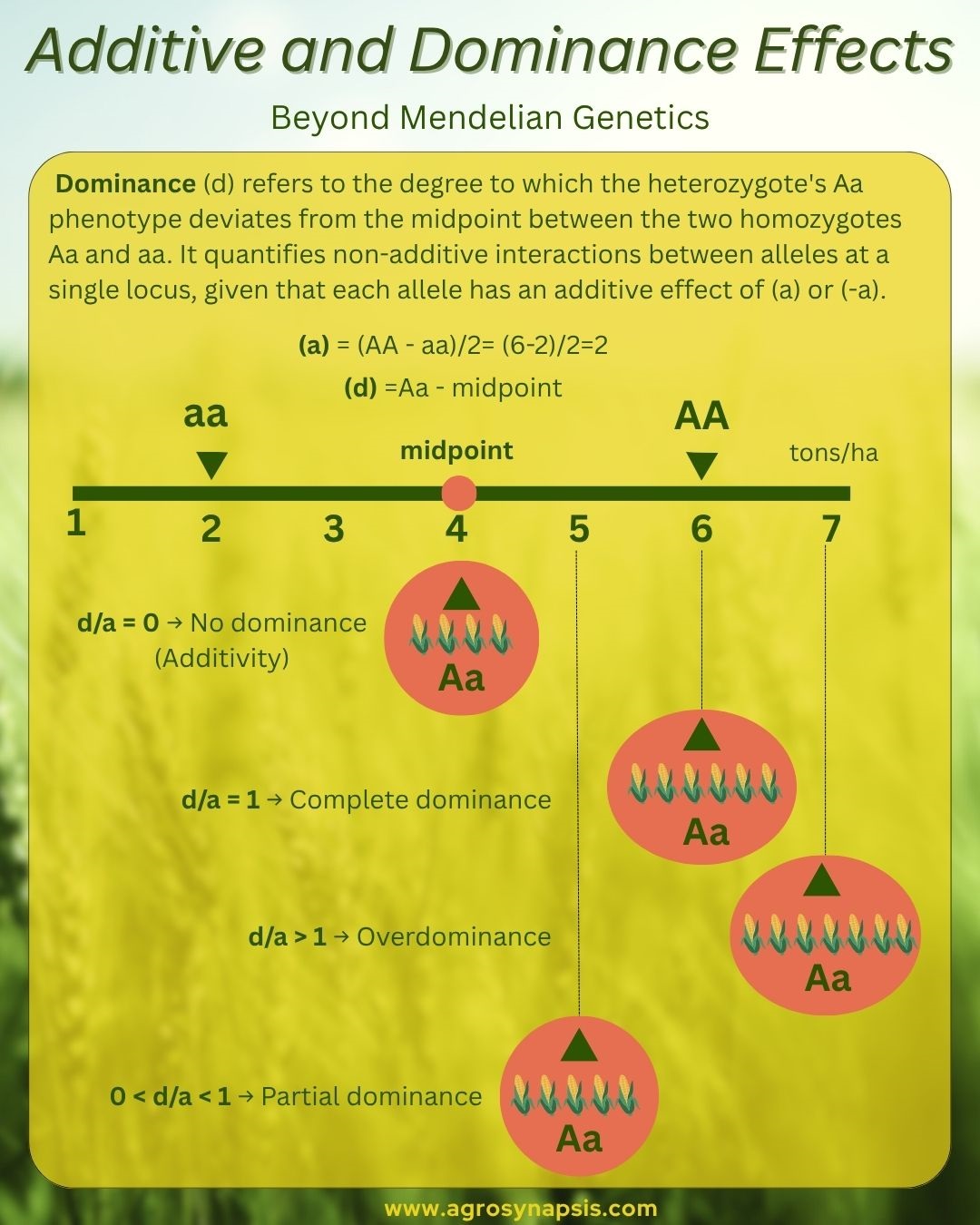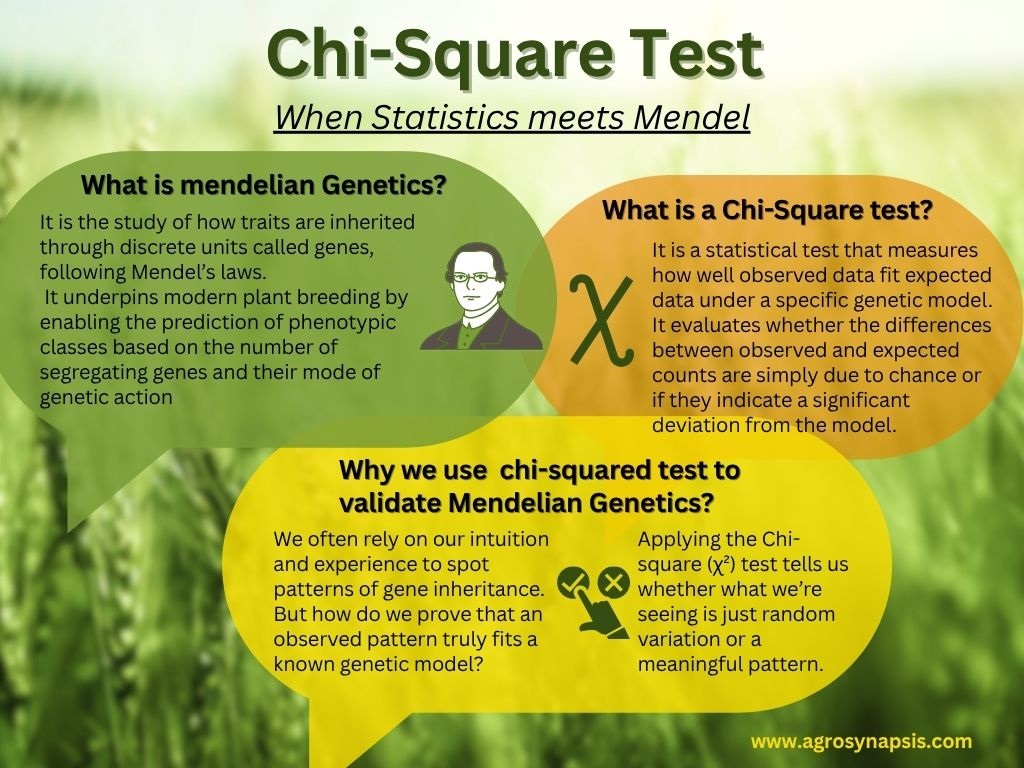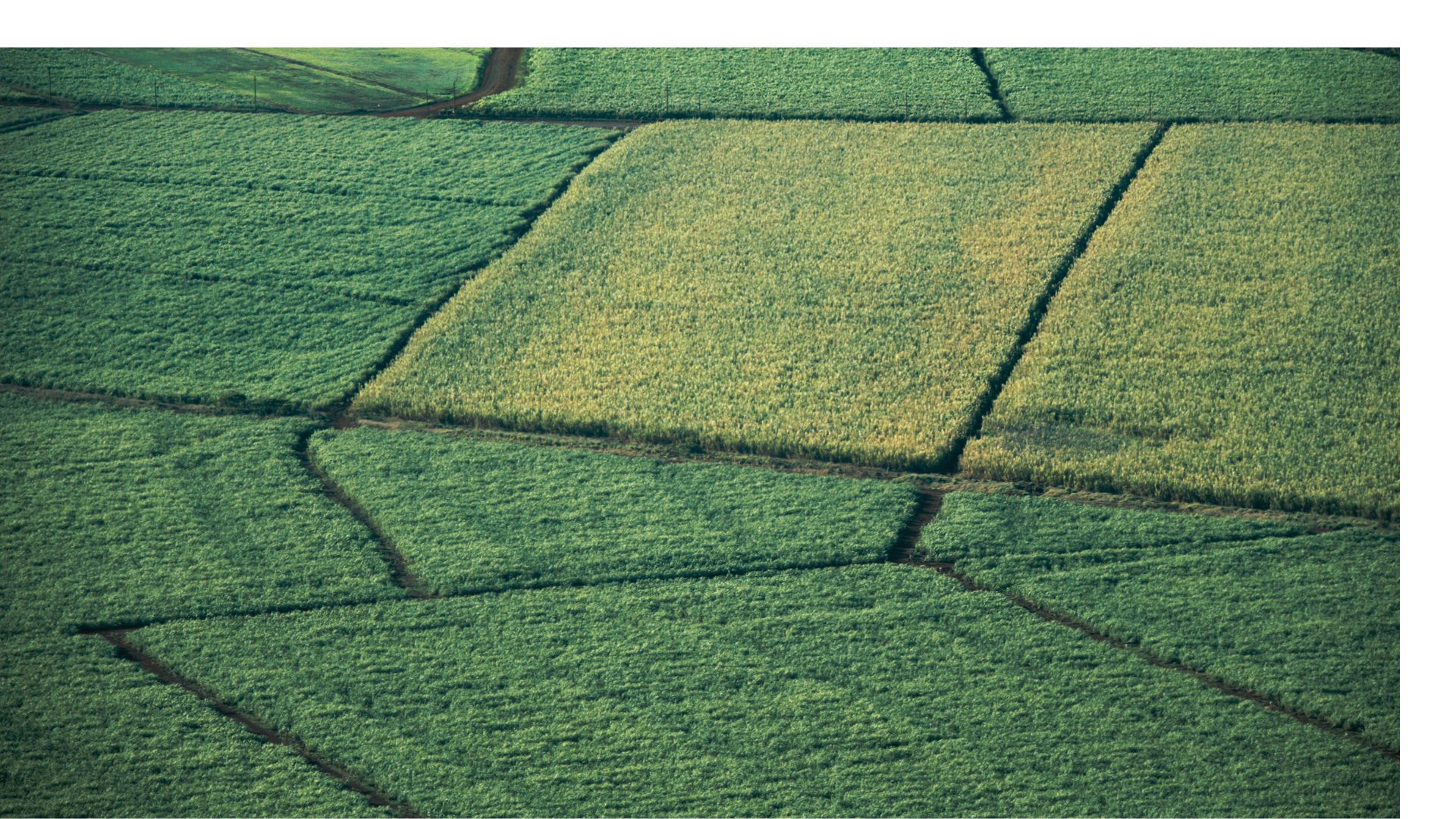-

What is a Molecular Marker in Plant Breeding?
Read more: What is a Molecular Marker in Plant Breeding?Learn what is a molecular marker and what means for making selection decisions in plant breeding.
-

Breaking Down Phenotypic Variation in Breeding Populations
Read more: Breaking Down Phenotypic Variation in Breeding PopulationsDiscover the different types of genetic variation and how they impact breeding decisions.
-

Additive and Dominance Effects – Beyond “Dominant” and “Recessive”
Read more: Additive and Dominance Effects – Beyond “Dominant” and “Recessive”Discover what is the diiference between additive and dominance effects in genetics, and why they matter in selection strategy.
-

SSR vs SNP Markers: A Technical Look at Two Cornerstones of Molecular Breeding
Read more: SSR vs SNP Markers: A Technical Look at Two Cornerstones of Molecular BreedingDiscover the difference between SSR and SNP markers,
-

What’s the Difference Between Mendelian and Quantitative Genetics in Plant Breeding?
Read more: What’s the Difference Between Mendelian and Quantitative Genetics in Plant Breeding?Discover what is the difference between mendelian and quantitative genetics, and its importance for plant breeders.
-

Chi-square (χ²) Test: When Statistics Meets Mendelian Genetics
Read more: Chi-square (χ²) Test: When Statistics Meets Mendelian GeneticsDiscover how to move from intuition to statistics to validate genetic models in your segregating poulations.
-

Mendelizing QTLs II: Introgression Lines for Converting Minor QTLs to Major
Read more: Mendelizing QTLs II: Introgression Lines for Converting Minor QTLs to MajorDiscover how relatively complex genetic tools, like 𝗜𝗻𝘁𝗿𝗼𝗴𝗿𝗲𝘀𝘀𝗶𝗼𝗻 𝗟𝗶𝗻𝗲𝘀 (𝗜𝗟𝘀), allow minor QTLs to express clearly and behave like major ones.
-

Early Selection in the Nursey: How Far Should We Go?
Read more: Early Selection in the Nursey: How Far Should We Go?Discover why one should avoid oversusing marker assisted selection early in the nursery
-

𝗗𝗲𝗺𝗼𝗰𝗿𝗮𝘁𝗶𝘀𝗶𝗻𝗴 𝗠𝗼𝗹𝗲𝗰𝘂𝗹𝗮𝗿 𝗕𝗿𝗲𝗲𝗱𝗶𝗻𝗴: 𝗪𝗵𝗲𝗻 𝗦𝗵𝗼𝘂𝗹𝗱 𝗦𝗲𝗲𝗱 𝗖𝗼𝗺𝗽𝗮𝗻𝗶𝗲𝘀 𝗚𝗼 𝗜𝗻-𝗛𝗼𝘂𝘀𝗲?
Read more: 𝗗𝗲𝗺𝗼𝗰𝗿𝗮𝘁𝗶𝘀𝗶𝗻𝗴 𝗠𝗼𝗹𝗲𝗰𝘂𝗹𝗮𝗿 𝗕𝗿𝗲𝗲𝗱𝗶𝗻𝗴: 𝗪𝗵𝗲𝗻 𝗦𝗵𝗼𝘂𝗹𝗱 𝗦𝗲𝗲𝗱 𝗖𝗼𝗺𝗽𝗮𝗻𝗶𝗲𝘀 𝗚𝗼 𝗜𝗻-𝗛𝗼𝘂𝘀𝗲?Discover why today molecular breeding is more accesible than ever to small and mediun size seed companies

Breeder’s Blog
